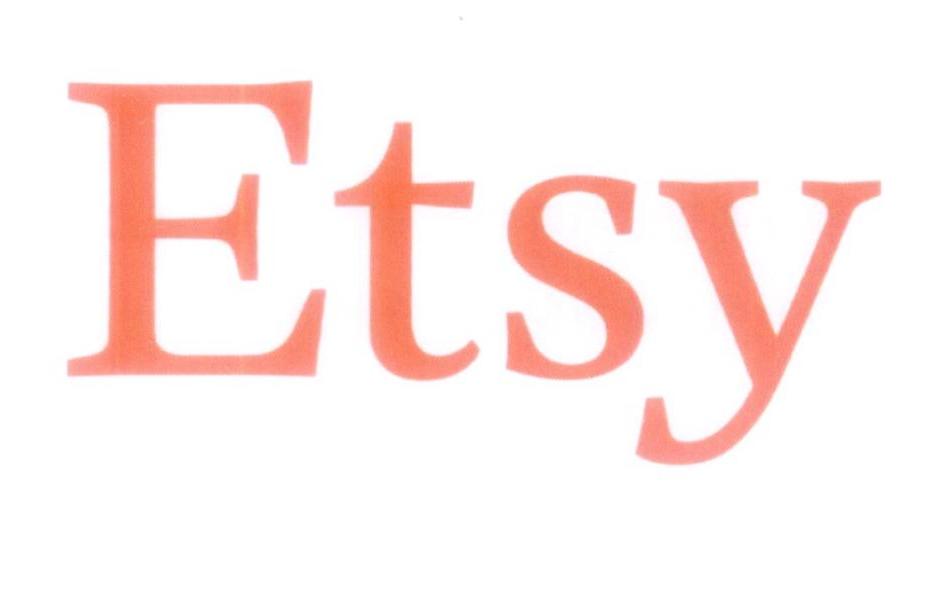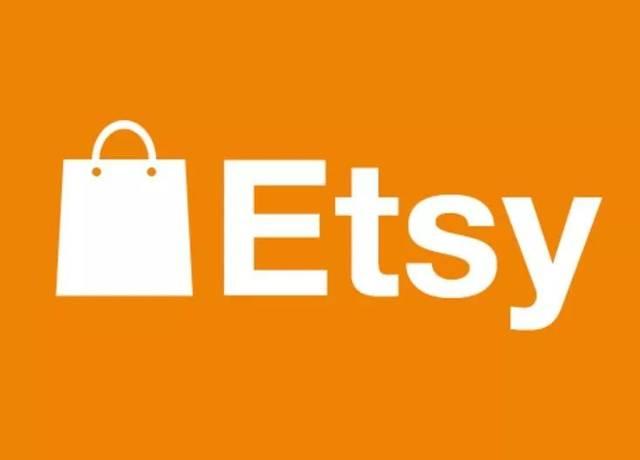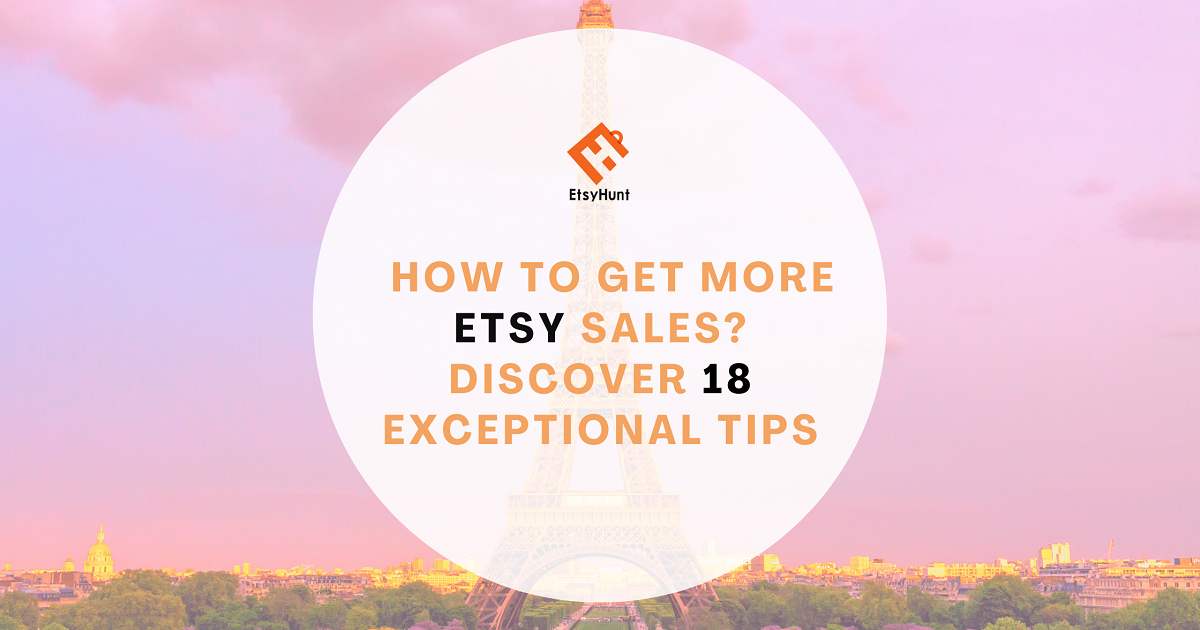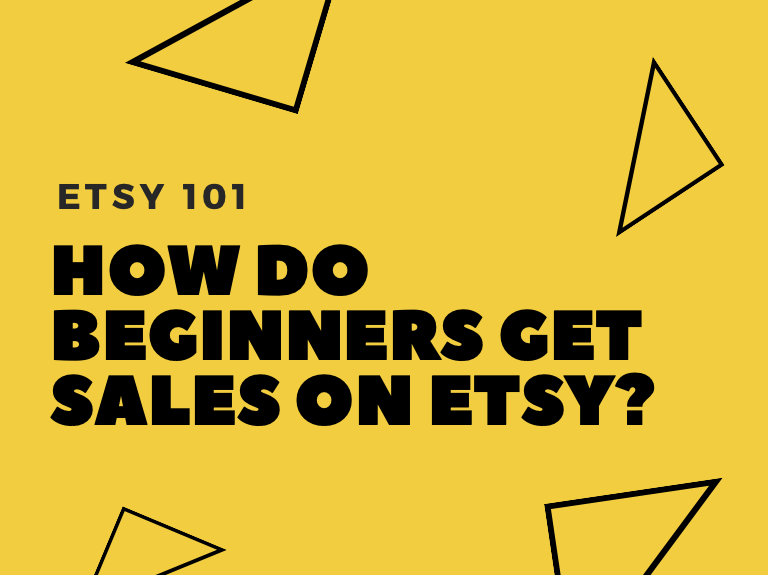Key Considerations Before Becoming an Etsy Seller:A Comprehensive Guide
Welcome to the Etsy Seller Beginner's Guide, Whether you're a talented artisan, vintage enthusiast, or have unique designs to share with the world, Etsy is the perfect platform to showcase your creations. In this beginner's guide, we'll provide you with essential Etsy seller information, including Etsy fees explained, to ensure you have a solid foundation before diving in. From selecting the right products to navigating Etsy's policies, we've got you covered. Get ready to gain valuable insights and embark on a rewarding journey as an Etsy seller!
What is Etsy?
Etsy is a prominent online marketplace that offers a diverse range of vintage and handmade products from sellers around the world. Since its inception in 2005, Etsy has grown into a global ecommerce hub, hosting an impressive array of creative goods and attracting a large community of sellers and buyers. With over 7.5 million active sellers and 96.3 million active buyers worldwide, Etsy provides a vast marketplace for artisans, crafters, and vintage enthusiasts to showcase their unique creations. The platform's popularity is further evident in its staggering catalog of over 45 million items available for sale.Demographically, Etsy appeals to a primarily young and female audience. According to a 2017 survey, approximately 81% of Etsy shoppers identify as female. The platform's user base also skews towards individuals between the ages of 25 and 40, making it an attractive marketplace for millennials and Gen X buyers.
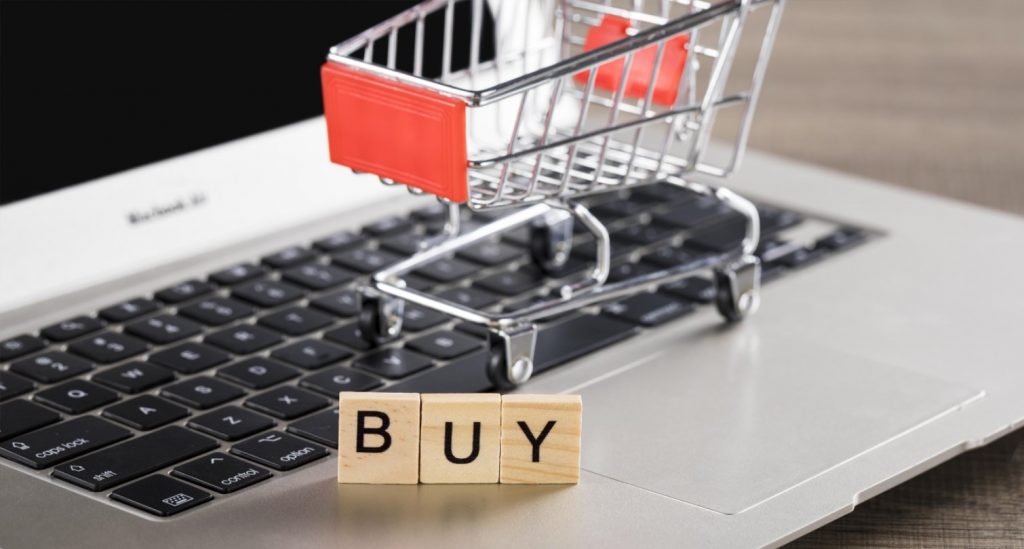
Pros and cons of selling on Etsy
Selling on Etsy, like any other online marketplace, has its own set of pros and cons. Let's explore them:
Pros of selling on Etsy
- Access to a Large Customer Base: Etsy has a vast customer base with millions of active buyers worldwide. This provides sellers with an opportunity to reach a global audience and potentially increase their sales.
- Established Brand and Trust: Etsy is a well-known and trusted platform among buyers, which can give sellers an advantage in gaining customer trust and credibility. The platform's reputation can help attract customers who are specifically looking for unique and handmade products.
- Built-in Traffic and Marketing: Etsy's platform generates significant organic traffic, meaning that sellers can benefit from the existing customer flow without solely relying on their own marketing efforts. Etsy also offers promotional tools and advertising options to help sellers increase their visibility.
- Supportive Seller Community: Etsy has a strong community of sellers who are willing to share their experiences, offer advice, and support one another. Engaging with the seller community can provide valuable insights, networking opportunities, and collaborations.
- User-Friendly Interface and Tools: Etsy provides user-friendly tools and features to help sellers manage their shops, list products, and process orders efficiently. The platform also offers customization options for branding and shop design.
- Low startup fees. Etsy fees are low. In fact, the company prides itself on the fact that you only need 20¢ to open an Etsy shop—there are no additional monthly fees or subscription fees to consider. This startup figure represents the 20¢ cost of a four-month listing. Total selling fees also include transaction fees, which come in at 6.5% of the total cost of product and shipping as well as a payment processing fee of 3% plus 25¢.
- Analytics and custom options. Etsy’s standard plan also comes with a Stats page that displays traffic volume to an Etsy seller’s shop as well as information about how those visitors arrived at the shop. Etsy also offers an additional paid plan—Etsy Plus—that allows users to customize the look of their Etsy store with banners and featured listings, and offers waitlist notifications for sold-out items, listing credits, ad credits, and 50% off a custom domain for one year.
- Flexible advertising plans. New in 2022, Etsy is allowing sellers to purchase both on-site and off-site ads through the Etsy platform. Etsy’s internal ads space is placed using an auto-bidding system. Etsy sellers set a daily ad budget, and Etsy uses these numbers to “auction off” ad space for particular product categories and search terms. Etsy’s off-site ads operate on modified a pay-per-click (PPC) model, where sellers pay only if an ad is clicked and the user who clicked the ad orders from the seller’s shop within 30 days. The fee for these ads is 15% of the total transaction amount. Enrollment in offsite ads is automatic, although users making less than $10,000 annually in total sales have the option to opt out of the program.
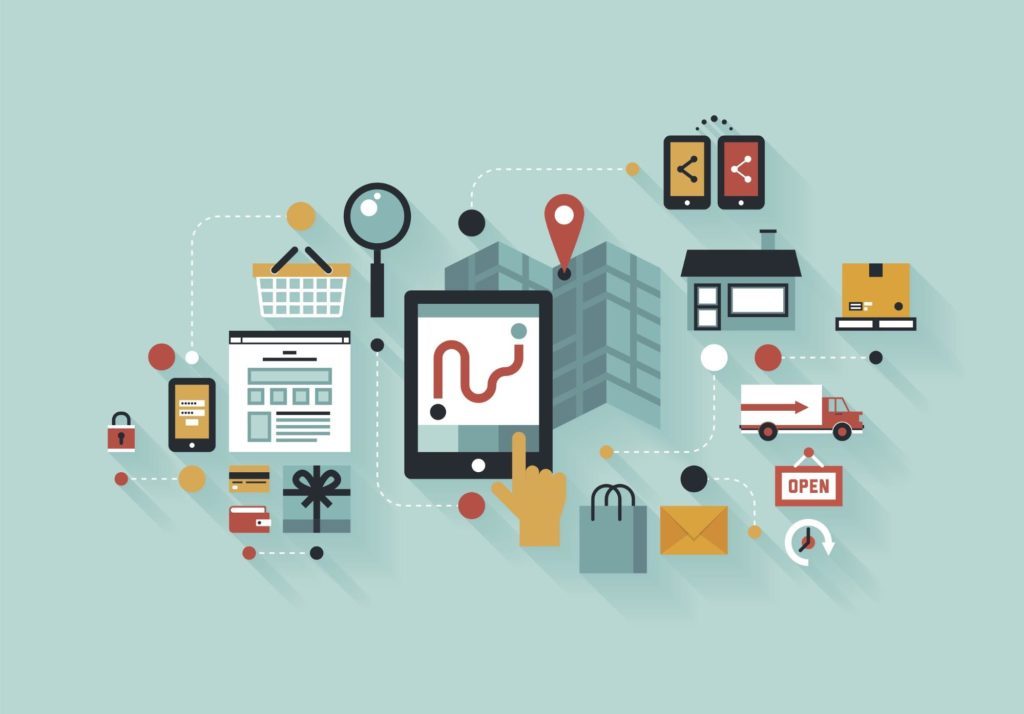
Cons of selling on Etsy
- Competition: Etsy is a highly competitive marketplace, with numerous sellers offering similar or identical products. Standing out from the crowd and attracting customers can be challenging, requiring sellers to develop unique products, establish a distinctive brand, and employ effective marketing strategies.
- Fees and Expenses: While setting up an Etsy shop is relatively affordable, sellers need to consider the various fees associated with selling on the platform. These may include listing fees, transaction fees, payment processing fees, and optional advertising costs. Sellers should carefully calculate their expenses to ensure profitability.
- Limited Control over Shop Design: While Etsy allows some customization options, sellers have limited control over the overall design and layout of their shops. This can make it challenging to create a fully unique and personalized brand experience.
- Dependency on the Etsy Platform: As an Etsy seller, your business is dependent on the platform's policies, algorithms, and changes. Any alterations to these factors may impact your shop's visibility, reach, and overall success. It's important to stay updated on Etsy's policies and guidelines to adapt and comply accordingly.
- Recurring fees. Although Etsy has low initial startup costs, listing fees, which recur every four months, can be a drawback for some Etsy sellers. For example, the cost to a seller of opening an Etsy shop with 100 listings is $20. If none of these listings have sold within four months, the user would owe another $20 on the same listings. This can make the site expensive for users whose product types require a high number of individual listings, and it is actually possible to lose money running an Etsy store if sales proceeds don't exceed listing costs.
- Not all types of items can be sold. Etsy sellers offer vintage and handmade goods. If your items don’t fit either of those categories, you will not be allowed to sell on Etsy, and listings that don’t fit into these categories can be flagged and removed.
- Etsy doesn’t offer fulfillment services.Etsy shop owners are in charge of their own shipping logistics. While Etsy provides printable labels at a discounted rate, that still means a lot of printing, boxing, and taping—or finding and managing your own third-party distribution vendor.
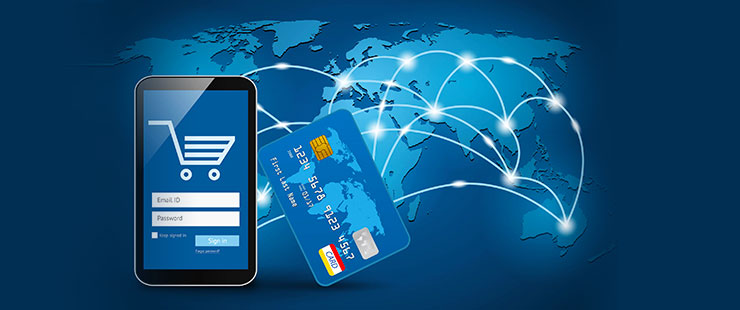
What Can I Sell on Etsy?
The Etsy marketplace connects people looking for unique goods with independent sellers around the world. Everything listed for sale on Etsy must be handmade by you, vintage, or a craft supply. All items sold on Etsy must also follow our Prohibited Items Policy.
- Handmade items
- Physically make or create the original designs for your items.
- Include each person involved in making your items or running your business in the About section of your shop. If you work with a production partner, you must disclose that production partner in your relevant listings.
- Use your own photographs in your listings.
- Vintage items
- Vintage items must be at least 20 years old. Newer, vintage-style, or collectible items aren’t allowed in this category.
- Craft supplies
- Craft supplies on Etsy are tools, ingredients, or materials whose primary purpose is for use in the creation of an item or special occasion. Craft supplies may be handmade, commercial, or vintage. Party supplies may also be sold as craft supplies.
- Services or rentals
- In general, services, including rentals, are not allowed to be sold on Etsy. Only services that produce a new tangible item that meets our Seller Policies may be sold on Etsy.
- Metaphysical services or items
- Metaphysical services, such as reiki and spell casting, are prohibited on Etsy. With this in mind, tarot or psychic readings that include a physical or digital copy of said readings (e.g., a recording, email, or tarot spread photo) may be sold on Etsy.
Etsy Fees Explained: A Comprehensive Guide
Listing fees:
There is a small fee for listing each item on Etsy. Listings expire after four months or when the item sells.
Transaction fees:
The transaction fee is a 6.5% fee that Etsy charges on the total cost of the item, including shipping and handling. This fee is taken out of the payment you receive from the buyer.
Payment processing fees:
Depends on the location of your bank account.Etsy deducts the fee from your current balance.It should be noted that the fees vary in different regions
Offsite ads fees:
The offsite ads fee is a fee that Etsy charges when a buyer clicks on an ad for your product that is displayed off of the Etsy platform. The fee is based on a percentage of the sale, which ranges from 12% to 15% depending on your sales volume. If you make a sale as a result of an offsite ad, Etsy will automatically deduct the fee from your account.
Optional Fees:
Etsy offers additional optional services such as promoted listings and Etsy Plus, which have associated fees.
Taxes:
Sellers are responsible for understanding and complying with tax regulations in their jurisdiction.
Intellectual Property:
Sellers must respect intellectual property rights and ensure that their listings and products do not infringe on trademarks, copyrights, or patents. Avoid using copyrighted images, logos, or designs without proper permission.
Licensing and Permits:
Depending on the type of products you sell, you may need to obtain specific licenses or permits. For example, selling certain food items, cosmetics, or handmade toys may require compliance with health and safety regulations.
Remember, while this information provides a general overview, it's crucial to consult Etsy's official website and seek legal or professional advice for specific questions or concerns related to policies, fees, and legal considerations.

Etsy Ads Vs. Offsite Ads - what's the difference?
Etsy Ads and Offsite Ads are two different types of advertising programs that can be used to promote your Etsy products.
Etsy Ads:
Etsy Ads are ads that are ON Etsy - either the Etsy App. or on Etsy.com. You set your daily budget and have control over this in your Etsy Shop Dashboard (under Advertising)..
Offsite Ads are ads that are NOT on Etsy… they are on other sites such as Google, Facebook, etc.. more details below.
Offsite Etsy allows Etsy to advertie your listings on various websites and apps, including social media sites, search engines, and Google Display Network sites. When your listing is advertised on one of these sites, you only pay an advertising fee if a sale is made as a result.
You do not need to do anything to be eligible for this service, as Etsy works with partner sites and networks to promote your listings. These partners use information about your listings, such as descriptions, photos, and titles, to match your ad to a user's search or profile. The goal is to show the most relevant items to each user based on their search query or profile information.
You may not be able to choose which of your listings are advertised, as Etsy's team of advertising experts works to promote the listings that perform best on each channel.
However, you can improve the quality of your listings to increase the chances of them being advertised. Many websites have criteria for the listings that they advertise, and improving the quality of your listings can help you meet these criteria.
Offsite Ads Fees:
If someone makes a purchase through an offsite ad, you will be charged a fee based on your shop's revenue in the past 365 days. If your shop made less than $10,000, the fee will be 15%. If your shop made at least $10,000, the fee will be discounted to 12%.
The maximum fee for an order attributed to an offsite ad is $100. If you have a shop currency other than USD, your revenue will be calculated based on the currency exchange rates used by Etsy at the time of the sale. You can see what rate you will be charged on your Etsy Shop Dashboard.
Orders are attributed to offsite ads if a buyer clicks through an ad promoting one of your listings and makes a purchase within 30 days. You are only charged for a fee if a shopper clicks on an ad for your item and then makes a purchase. If a shopper clicks on an ad but does not make a purchase, you do not pay a fee. If a member clicks an ad and makes multiple purchases (in separate orders) within 30 days, each order is eligible for the offsite ad fee.
Etsy advertises on various sites and platforms, including Google, Facebook, Instagram, Pinterest, Bing, Etsy Publishing Partner Sites, and the Google Display Network. These sites have their own advertising policies, which you should familiarize yourself with if you want to advertise your listings on these sites.
Offsite ads may be optional for your shop, depending on your revenue in the past 12 months. You can learn more about Etsy's advertising policy to find out if offsite ads are an option for your shop.
If you choose to participate in Partner Checkout on Google, your listings will be advertised on Google Shopping. When a shopper clicks on your ad and makes a purchase, the sale will be processed through Google's checkout system. You will be charged a fee for the advertising, as well as a fee for the use of Google's checkout system. You can learn more about how Partner Checkout on Google works by reading Etsy's Advertising Policy.
You have completed the Etsy seller information guide and learned a lot about Etsy fees explained. Now it’s time to take action and start selling your amazing products on Etsy. With Etsy’s platform and the support of the vibrant seller community, the possibilities are endless.

